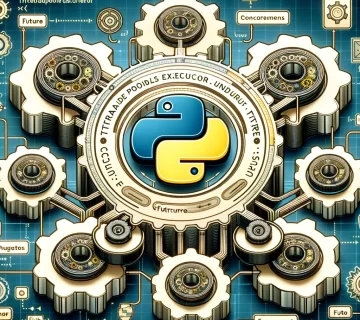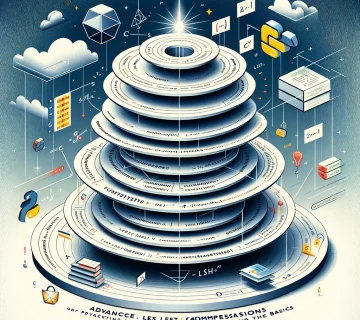History and Features of Python: Unraveling the Past and Present of a Programming Powerhouse
Python, a name synonymous with efficient and readable code, has cemented its place as a cornerstone in the programming world. This journey, beginning in the late 1980s, has seen Python evolve from a simple idea to a powerhouse language driving major platforms and applications.
The Birth of Python
Python’s story begins with its creator, Guido van Rossum, in the Netherlands. During his tenure at Centrum Wiskunde & Informatica (CWI), van Rossum began working on Python during the 1989 Christmas holidays. Named after the British comedy series “Monty Python’s Flying Circus,” Python was conceptualized as a successor to the ABC language. It was designed to address the shortcomings of older languages while retaining their strengths, focusing on code readability and simplicity.
Key Features of Python
- Simplicity and Readability: Python’s syntax is clean and easy to understand, making it ideal for beginners. Its use of whitespace and common expressions allows for more readable code.
- High-Level Language: Being high-level, Python abstracts away complex details of the computer’s hardware, making programming more user-friendly.
- Interpreted Nature: Python code is executed line by line, which makes debugging easier and enhances the programming experience.
- Dynamic Typing: Python handles variable types dynamically, meaning the type of a variable is inferred during runtime, adding flexibility to the code.
- Extensive Standard Libraries: One of Python’s greatest strengths lies in its rich set of libraries and frameworks, ranging from web development to data analysis.
- Cross-Platform Compatibility: Python runs seamlessly on various operating systems, making it a universally applicable programming language.
- Open Source with a Strong Community: Python is an open-source language, meaning it’s free to use and distribute, even for commercial purposes. Its strong community contributes to a vast array of modules and supports fellow programmers.
Python’s Evolution: From Python 2 to Python 3
Python has seen significant versions, with Python 2 and Python 3 being the most notable. Python 2, released in 2000, made significant improvements over its predecessor. However, it was Python 3, released in 2008, that marked a major milestone. This version was not backward compatible, primarily to rectify the fundamental design flaws in Python 2. Despite initial resistance, Python 3 has become the standard, praised for its efficiency and robust features.
Python Today
Today, Python stands tall as one of the most popular programming languages, widely used in web development, data science, artificial intelligence, scientific computing, and more. Its simplicity, combined with its powerful capabilities, makes it a go-to language for beginners and experts alike.
Next Up: The Philosophy of Python
In our next post, we’ll dive into the “Philosophy of Python: The Zen of Python.” This set of aphorisms captures the essence of Python’s design principles, providing deep insights into writing effective and beautiful Python code. Stay tuned to explore the core philosophy that makes Python unique and beloved in the programming community.





No comment